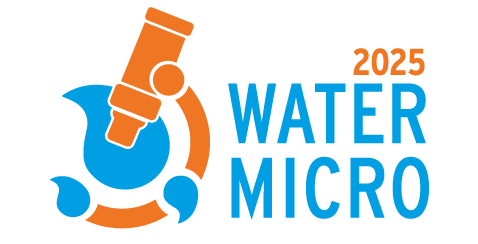Imke Leenen1, Stijn Peeters2, Nynke Hofstra2
1H2Oké , Wageningen, Netherlands. 2Earth Systems and Global Change Group, Wageningen University & Research, Wageningen, Netherlands
Introduction
We all use risk assessment of water quality in our daily lives: we look at, smell and taste water in a glass and we take action if some undefined standard is reached “this cup of water doesn’t smell right…”. Evaluating a glass of water is a simple example of the critical process that involves evaluating potential hazards to ensure safe water use, protect public health, and guide policy decisions regarding water resources.
We are creating irrigation water safety plans for fresh produce growers. The current framework, GlobalGAP, is complex and doesn’t fully ensure water quality. For instance, it allows irrigation water with under 1000 cfu’s/100ml but only requires testing once a year, which is inadequate.
Our goal is to create a comprehensive irrigation water safety plan that helps growers achieve GlobalGAP certification while enhancing water safety beyond its requirements. In this side event, we seek input on translating GlobalGAP policies into practical water safety plans through case studies, and we welcome feedback from the health-related WaterMicro community.
Join us to explore case studies aimed at translating risks into guidelines that safeguard irrigation water quality and contribute to effective communication strategies for target users.
Side event objectives
Objective 1: Convert GlobalGAP policy into practical preventative guidelines that protect water quality, addressing any gaps in the policy.
Objective 2: Engage in case studies to critically assess existing guidelines and policies related to their outcomes.
Objective 3: Learn to communicate case study findings effectively as actionable guidelines for the target audience.
Objective 4: Increase awareness of microbial water quality risk assessment and offer simple tools for evaluating risks in common situations.
Methodology/format
– Stijn Peeters, Wageningen University – Introduction – 5 minutes.
– Stijn Peeters / Imke Leenen, Wageningen University / H2Oké – 10 minutes.
An explanation of the case studies, assigning groups, and plenary discussion.
– Stijn Peeters / Imke Leenen, Wageningen University / H2Oké – 60 minutes.
Breakout groups will evaluate a water irrigation plan through case studies. Each group, led by a moderator, will collaboratively explore a case study to identify risks and develop solutions by reviewing existing guidelines and brainstorming innovative strategies. Participants with a scientific background can highlight risks and propose preventative measures, while those with a policy focus can work on translating these measures into actionable guidelines. The four main tasks are:
- Identify microbial water quality risks specific to the case study.
- Consider existing GlobalGAP policies to create guidelines that reduce risks beyond the current standards.
- Evaluate existing flowcharts designed to help non-experts make safe decisions about microbial water quality.
- Develop effective communication strategies to share findings with the target audience.
– Stijn Peeters / Imke Leenen, Wageningen University / H2Oké – 15 minutes.
Plenary discussion of workgroup outcomes.
Expected outcome
We expect the outcomes be a set of practical guidelines, tailored to growers and with the express goal to enhance the safe use of irrigation water. These outcomes can serve the participants as a template for use in a different context, and will also be adapted for use in the real world. Your input will therefore have real impact!
